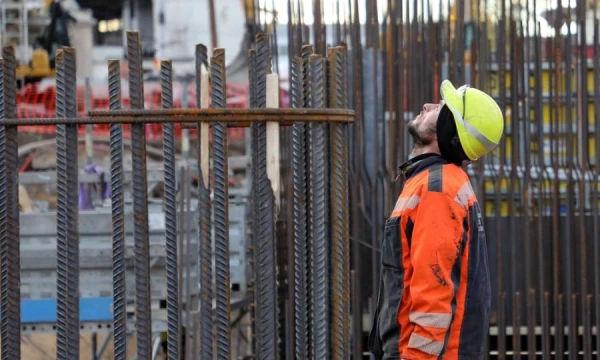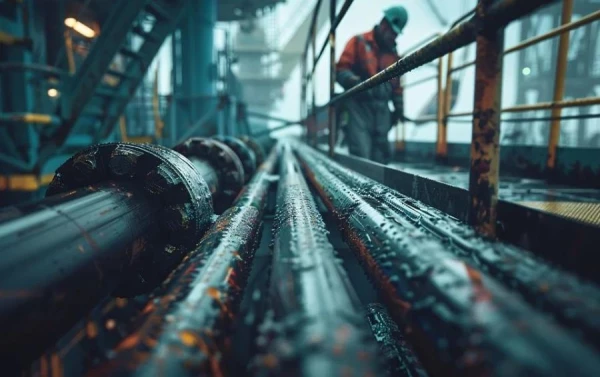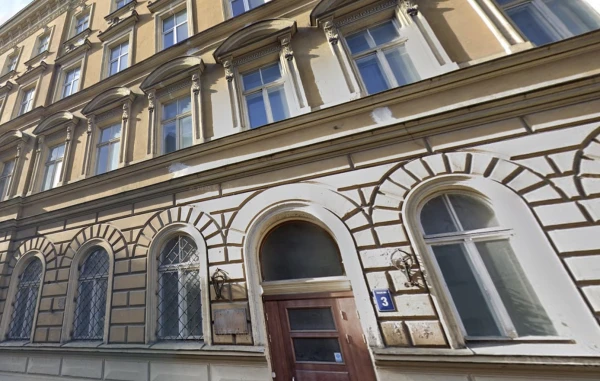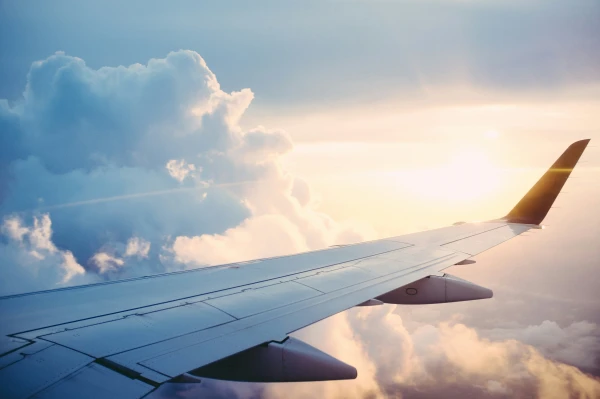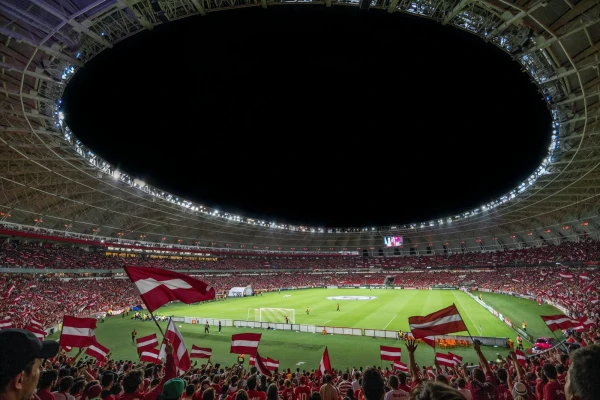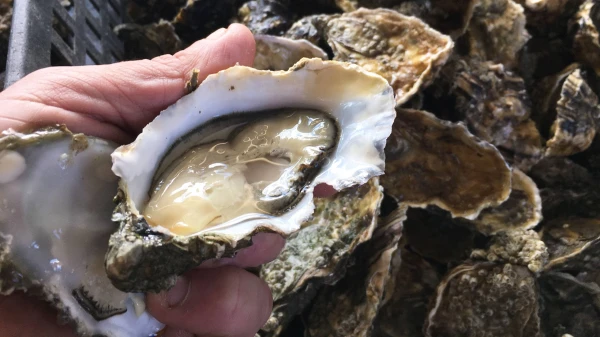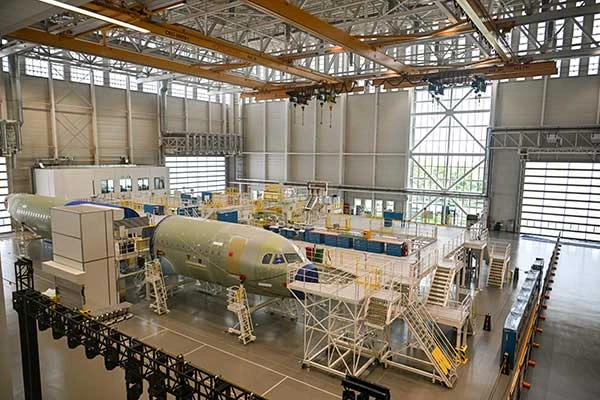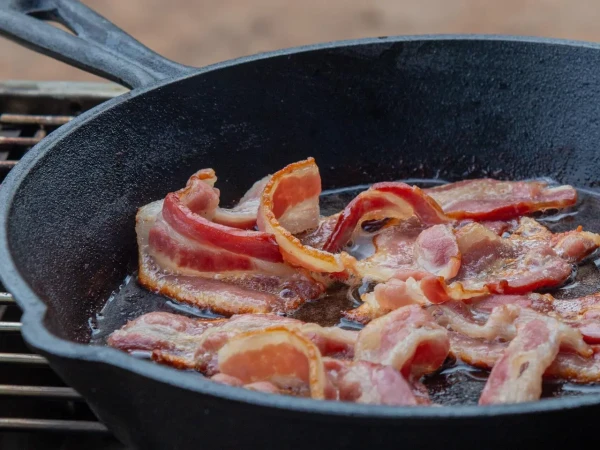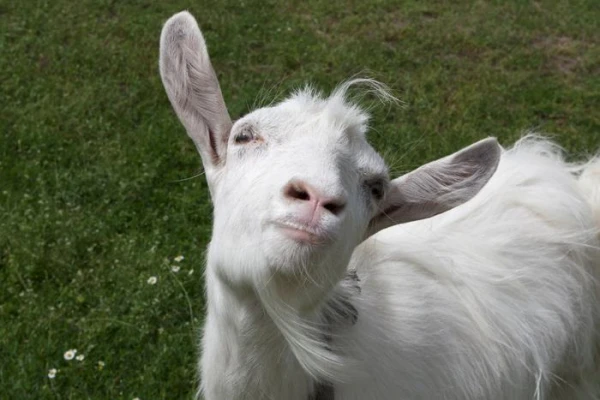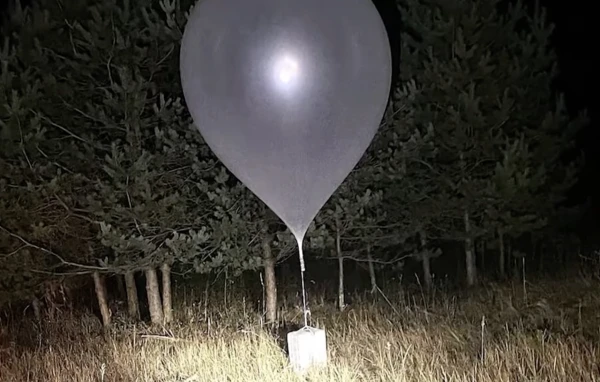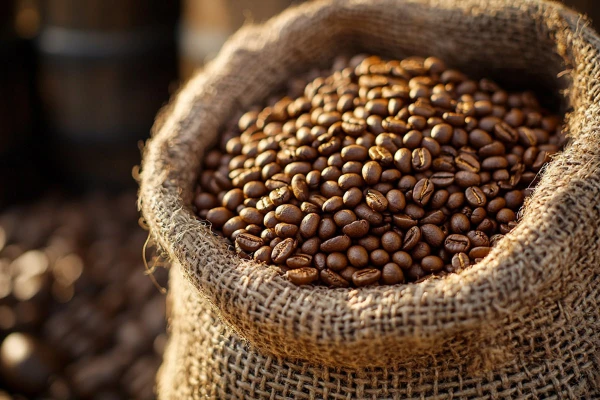
Exporter No. 1 offers a wide selection of flavors and aromas.
Brazil is the largest coffee producer in the world, as well as the largest exporter of organic coffee, boasting such a wide and diverse range of flavors that has allowed this producer to position its coffee in 120 countries around the globe. Brazil focuses on quality without losing sight of quantity, and one of the most immediate goals of Brazilian coffee is to ensure a viable and sustainable future for coffee production in the country.
Origin of Coffee in Brazil
Coffee arrived in Brazil in the eighteenth century, during the time of the empire. From the very beginning, the plants found ideal growing conditions in these lands, quickly demonstrating the country's enormous potential to become a major producer.
Thanks to the favorable climate and very fertile soils, coffee cultivation began to spread across various regions such as Maranhão, Rio de Janeiro, and São Paulo, and later into areas like Serra do Mar and Vale do Paraíba.
The success was such that by 1830, coffee had established itself as Brazil's main export product. By the end of the 19th century, it was also the largest source of wealth for the country. Today, the states of Minas Gerais, Espírito Santo, São Paulo, Bahia, and Paraná lead in national production, accounting for no less than 96% of the total.
Coffee Production in Brazil
Brazil is not only the largest coffee producer in the world but also stands out for its volume, quality, sustainability, and a wide variety of sensory characteristics. All of this has been made possible by the unique combination of climatic conditions, altitudes, and soil types characteristic of its various regions.
Currently, 33 coffee regions have been identified, located in 12 states and the Federal District, with more than 2.2 million hectares dedicated to coffee cultivation. This is approximately the same as all agricultural land in Latvia (2,000,000 ha as of 2020).
Under optimal conditions, up to 30 bags can be harvested per hectare. Although climate change has had a slight impact on yields in recent years, Brazil maintains an average of 29.2 bags per hectare.
Varieties and Types of Coffee in Brazil
Brazil produces Arabica and Canephora (more commonly known as Robusta or Conilon) coffee. Due to the vast territory of the country, it is not uncommon to find both varieties grown in the same state. The geographical and climatic conditions directly influence the coffee profile, which is why Brazil offers a wide selection of flavors and aromas. From soft fruity coffees to richer varieties with more bitter notes, especially in the strong ones.
Each region brings its nuances, making Brazilian coffee versatile and highly valued in international markets.
What Does Brazilian Coffee Look Like in a Cup?
It is difficult to determine a single profile for Brazilian coffee due to its enormous diversity. However, many of its coffee varieties possess certain characteristics:
-Low acidity;
-Medium to high body;
-Notes that may resemble chocolate, fruits, or dried fruits.
On the other hand, Robusta coffee is usually richer and has a more pronounced bitterness, making them ideal for blends or lattes. Thanks to this sensory richness, Brazil can meet the needs of the most demanding and specialized markets in the world.
<iframe width="560" height="315" src="https://www.youtube.com/embed/XHo3HRDkRnI?si=tpf5rUecGaglb80p" title="YouTube video player" frameborder="0" allow="accelerometer; autoplay; clipboard-write; encrypted-media; gyroscope; picture-in-picture; web-share" referrerpolicy="strict-origin-when-cross-origin" allowfullscreen></iframe>